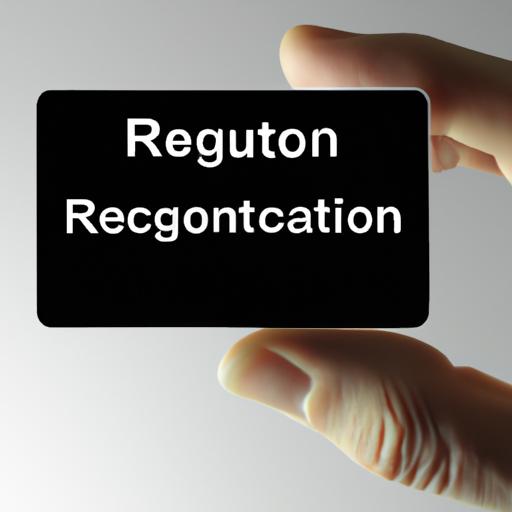In the rapidly evolving landscape of technology, gesture recognition has emerged as a groundbreaking innovation that enhances human-computer interaction. This technology allows users to control devices through their physical movements, creating a more intuitive and seamless experience. In this blog post, we will delve into the fundamentals of gesture recognition, its applications, and its potential impact on the future of technology.
What is Gesture Recognition?
Gesture recognition is a technology that enables devices to interpret and respond to human gestures as input. Utilizing sensors and machine learning algorithms, systems can analyze a range of motions—from finger taps to complex arm movements. Primarily found in devices equipped with cameras and motion sensors, gesture recognition fosters a natural, touchless interaction with technology.
How Does Gesture Recognition Work?
The process of gesture recognition involves several key steps:
- Detection: Sensors (like cameras or infrared devices) capture the user’s movements.
- Tracking: The system monitors and tracks the identified movements over time.
- Interpretation: Machine learning algorithms analyze the motion patterns and classify them into recognizable gestures.
- Action: Once interpreted, the system executes the pre-assigned command related to the gesture.
Applications of Gesture Recognition
Gesture recognition technology is gaining traction in various domains, including:
- Gaming: Devices like the Kinect have revolutionized gaming by allowing players to interact with their games using body movements.
- Smart Home Devices: Control lighting, entertainment systems, and appliances through simple gestures, making life easier and more convenient.
- Healthcare: Gesture recognition can assist in rehabilitation therapy, enabling patients to perform exercises without direct contact with instructors.
- Automotive: Gesture control can enhance safety by allowing drivers to manage navigation systems with hand gestures, minimizing distraction.
- Virtual Reality (VR): Immersive experiences in VR rely heavily on gesture recognition for a truly interactive environment.
Benefits of Gesture Recognition
Integrating gesture recognition in technology offers several advantages:
- Intuitive Interaction: Users can interact naturally, reducing the learning curve associated with new devices.
- Accessibility: Provides alternative interaction modes for individuals with physical disabilities.
- Hygiene: Touchless systems minimize the risk of spreading germs, especially in public spaces and healthcare settings.
Challenges in Gesture Recognition
Despite its potential, gesture recognition is not without challenges:
- Environmental Factors: Lighting conditions or obstructions can affect gesture detection accuracy.
- Complexity of Gestures: Variability in how different people perform gestures can lead to recognition errors.
- Privacy Concerns: The use of cameras for gesture recognition raises questions about user privacy and data security.
The Future of Gesture Recognition
As technology advances, the potential of gesture recognition is immense. Integrating AI with gesture recognition can lead to more sophisticated systems capable of understanding context and predicting user intentions. The goal is to achieve a truly seamless interaction experience across platforms, blurring the lines between digital and physical environments.
Conclusion
Gesture recognition is undeniably shaping the future of human-computer interaction. As we continue to refine this technology, we can expect it to become an integral part of our daily lives, bringing us closer to a world where technology understands us better than ever before.
Have you experienced gesture recognition technology? Share your thoughts and experiences in the comments below!




